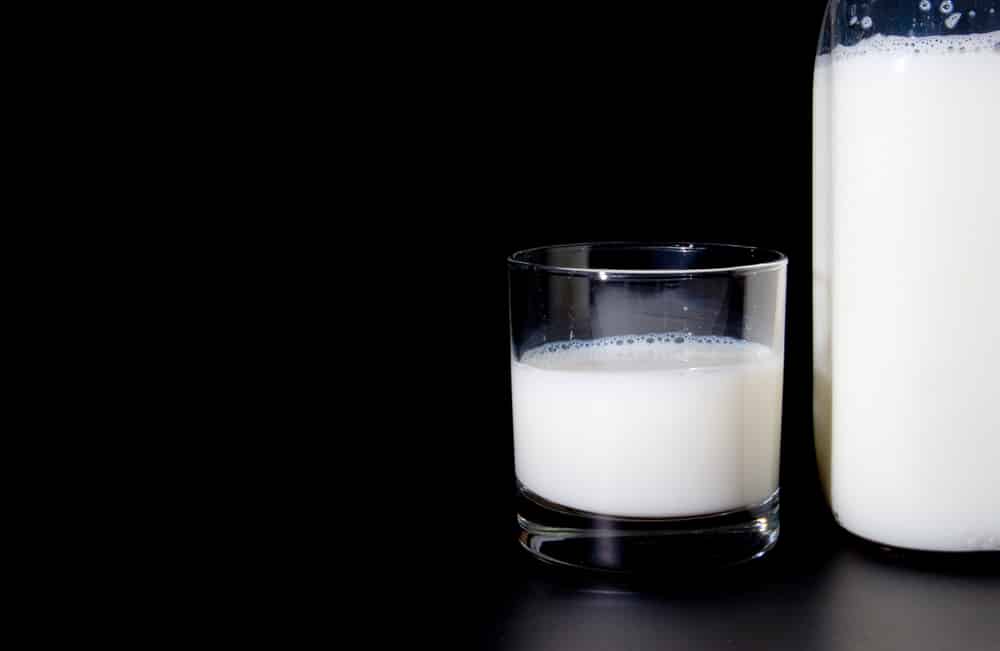
Homogenization
Homogenization is a process that breaks down fat molecules (inside a liquid) into much smaller fat molecules. These smaller fat molecules are then dispersed throughout the liquid to give it a homogenized look, taste, and texture.
There are two types of homogenization, pressure homogenization, and high-pressure homogenization.
Pressure homogenization is the process of breaking the fat globules or droplets into smaller globules, whose size can vary from 0.5 to 3 microns. The machine used for pressure homogenization is called a pressure homogenizer. Pressure homogenizers are commonly used to homogenize whole milk.
A high-pressure homogenizer (that causes high-pressure homogenization) is used when the required globule size is below sub microns. Cosmetics like sunscreens are passed through a high-pressure homogenizer to achieve the perfect texture and smoothness.
What Is Homogenized Whole Milk?
100 grams of whole milk (completely pure, straight from the cow) contains 3.2 grams of fat (in the form of fat globules), 3.2 grams of proteins, and 5.2 grams of carbohydrates (sugars). The fat globules inside unhomogenized whole milk are extremely large as compared to the protein molecules. So only a small number of protein molecules get to attach themselves to the fat globules. And as a result of less protein-baggage and their enormous size, fat globules – just like a helium-filled balloon – float on top of the whole milk creating a fat layer. The fat layer, made of fat globules, is what we call the heavy cream layer.
When whole milk is passed through a pressure homogenizer, the fat globules are broken down.
As a result, more protein molecules attach themselves to the smaller fat globules. Having a smaller size and heavy protein baggage, the fat globules are forced to stay within its place which creates a bottle of whole milk that has extremely small fat globules dispersed evenly.
How do we homogenize our milk?
To convert a bottle of whole milk into a bottle of homogenized whole milk we have to process it through a machine called the pressure homogenizer.
A pressure homogenizer receives the milk from an external outlet. The unhomogenized whole milk then travels through an internal pipe until it reaches a place that has multiple adjustable pistons. The piston fires the milk into a narrow space created by two seats. Further down, the seats open up into even smaller gaps that lead the unhomogenized milk to crash into two impact rings. The impact rings are attached to the bottom of each seat.
Pistons create pressure up to 200 to 300 BAR. The fat globules when subjected to high pressures, narrow paths, and forceful impact break into smaller sized fat globules that are dispersed throughout the liquid surface. As a result, the milk coming out from the other end is completely homogenized so we call it homogenized whole milk.
Why do we homogenize our milk?
Whole milk is homogenized because homogenization gives it a better look. Homogenization improves the whole milk’s texture. It also improves a milk bottle’s shelf life because evenly dispersed fat globules are more stable than extremely large randomly dispersed fat globules.